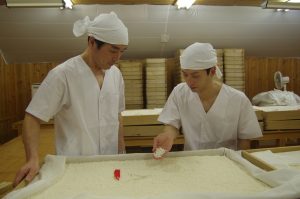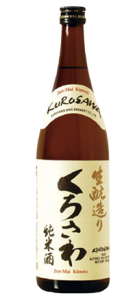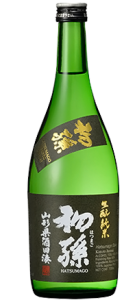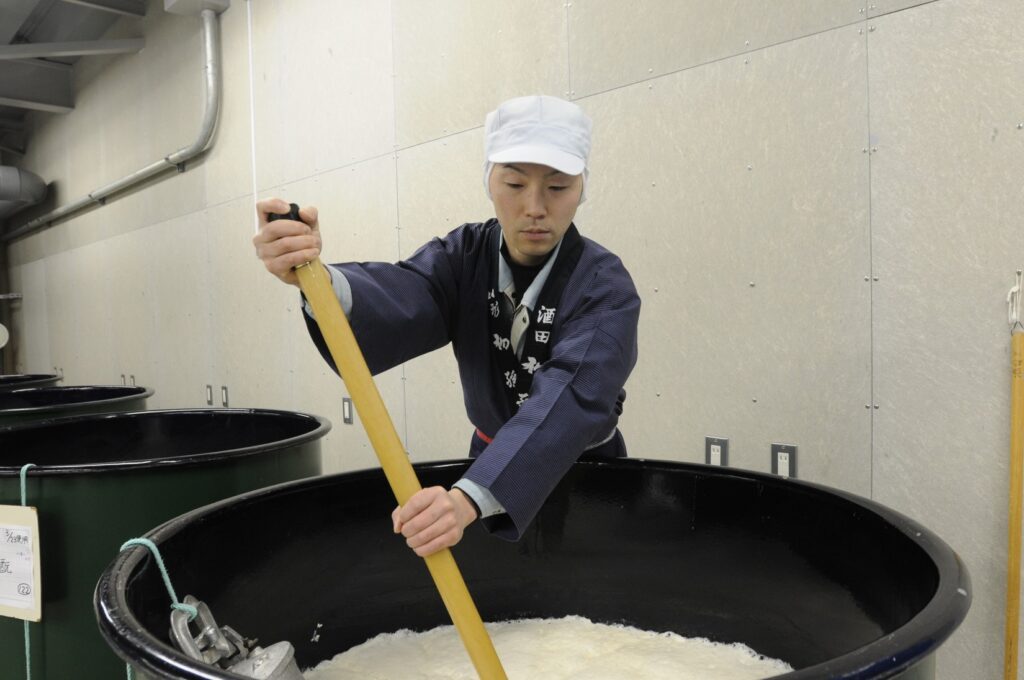If you are a sake drinker with an intermediate level of sake knowledge, you may recognize the types of sake as Junmai, Ginjo and Daiginjo as depending on the polishing rate of the rice, the main ingredient of sake. To be at an advanced level, you may be expected to know what Kimoto style is.
Kimoto is old school
In short, Kimoto is traditional sake making method, where nature is left to take its course. Brewers wait patiently as naturally occurring Lactobacillus (lactic acid bacteria) grows within the shubo to fight off unwanted bacteria. In other words, it is “old school”. It is true that all sake made before 1910 was artificially accelerating (by adding lactic acid), and “Sokujo style” was introduced under the leadership of the government-sponsored program for Kimoto sake. However, today, a Kimoto sake is rare because producing it requires more time, labor and skill.

- Time-consuming, labor-intensive
Under the Sokujo (literally means “accelerated fermentation”) method, making shubo (sake starter) takes 2 weeks, whereas Kimoto (meaning “natural starter”) takes approximately a month, which involves the labor-intensive “yamaoroshi” method, a manual mashing and stirring of the puree with oar-like paddles to enhance rice saccharification. This requires a longer time for the yeast to begin fermentation.
- Using natural ingredients
As explained, the Kimoto method uses rice, koji and water – only natural ingredients.
- Hand-crafted
Kimoto requires manual mashing and stirring to enhance fermentation.
- Rich, creamy taste
Because Kimoto allows more wild yeasts and bacteria to become a part of the brew, the flavor tends to have higher sweetness and acidity, with richer, deeper, significantly more pronounced flavors.
Do you want to taste Kimoto sake now? Try Kurosawa Junmai Kimoto and Hatsumago Junmai Kimoto – both are well-known brands and are available in the US.
Kurosawa Junmai Kimoto

Full-bodied and earthy, yet light. Kurosawa features Kimoto’s richness and flavorful umami, which makes this sake a great pairing for meat dishes such as yakitori.
Hatsumago Junmai Kimoto

The light, refreshing aroma and clean crisp flavor of Hatsumago represents the highly sophisticated feature of Kimoto sake, which enhances the taste of seafood.

